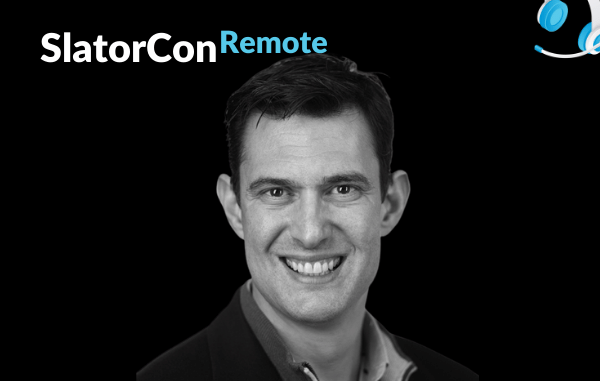
The top trends transforming global commerce today have one thing in common; language, according to Jaime Punishill, Chief Marketing Officer at Lionbridge. And yet the language services industry has fallen behind the marketing and digital sophistication of its clients, he pointed out.
Punishill discussed the highlights of Lionbridge’s digital transformation journey during the latest edition of SlatorCon Remote. “Think about the irony […] when we’re trying to work with clients to build their most sophisticated customer experiences and help them drive their multi-market business expansion efforts. Yet we are, as an industry, the cobbler whose child has bad shoes,” said the Lionbridge CMO, paraphrasing a popular trope.
He cited four reasons for the digital marketing deficit between language service provider (LSP) and client: (1) An LSP’s digital presence is likely much weaker than its client’s; (2) Marketing sophistication is also weaker; (3) An LSP spends a much lower percentage of revenue than a client would; (4) The industry is generally not in sync with today’s B2B omni-channel buying journey.
When Covid-19 hit, this gap was exposed. The digital transformation trends on long cycles all collapsed into a highly accelerated chain due to the pandemic, Punishill said, leaving many LSPs unable to pivot.
“Yet we are, as an industry, the cobbler whose child has bad shoes”
“Many organizations found they were really doing a sort of Kabuki theater version of [digital transformation]. They were trying to be agile, but hadn’t really rethought the process top-to-bottom, trying to be digital first,” he said.
He also emphasized how “the digital universe rests on a strategy of high-quality content that can be experienced, goes where buyers are, and brings them back and walks them through the buying funnel.” However, this content moves in “a really interesting universe of discoverability.”
Pro Guide: Sales and Marketing for Language Service Providers
BUY NOW
Punishill explained that most buyers and customers only know a world that is search-driven, “both in how they discover you and how they interact with your content and your organization. That hinges entirely on how you get in front of them, interact, engage, and drive that engagement.”
The Lionbridge CMO then went into the finer points of the company’s two-year marketing transformation journey that began in 2018, summarized in six steps; freeze, demolish, lay the foundation, rebuild, occupy, and scale.
Slator 2021 Data-for-AI Market Report
BUY NOW
He also cited specific examples of how digital marketing initiatives from his team (e.g., effort-based, “free” SEO; 18 articles written in German) produced results (5x more visibility in a Google search vs. the next biggest player; an immediate bump across two markets, Germany and Switzerland, etc.).
Punishill ended his track by answering questions from the online audience, including what percentage of sales an LSP typically spends on its marketing budget (“has to vary by firm…[but] well above 1–2% for most large LSPs”).

Leave a Reply